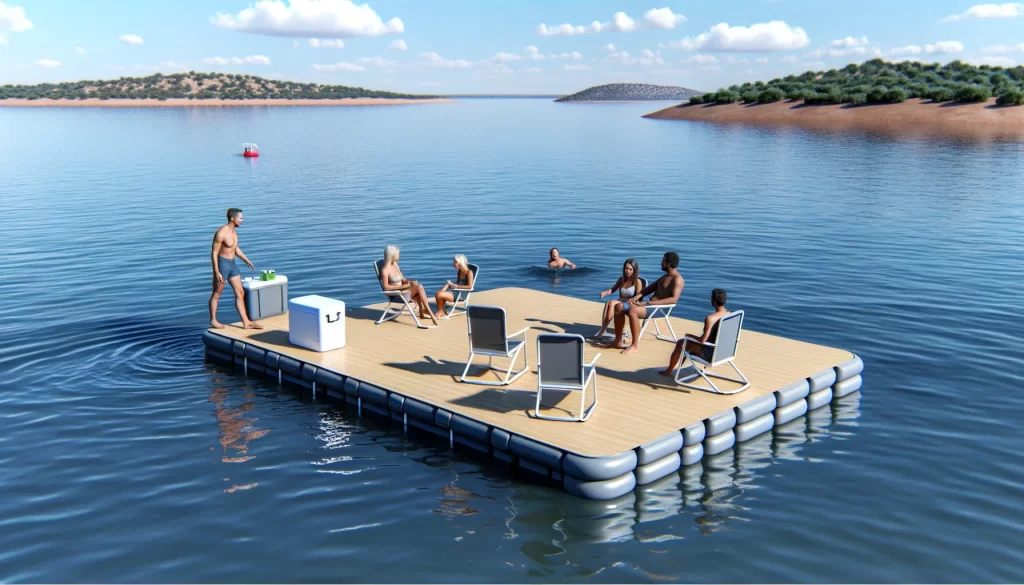Floating jetties represent a groundbreaking advancement in sustainable, modular waterfront infrastructure, offering a versatile and eco-friendly solution for managing waterfront spaces. Unlike traditional fixed structures, floating jetties are designed to adapt to fluctuating water levels, making them ideal for locations prone to tidal changes, seasonal variations, or rising sea levels. This adaptability not only enhances their functionality but also contributes to their environmental sustainability. The modular nature of floating jetties allows for easy customization and expansion, accommodating varying needs and preferences. Constructed from durable, low-maintenance materials such as high-density polyethylene HDPE or recycled plastics, these jetties offer significant advantages in terms of longevity and environmental impact. The use of such materials reduces the reliance on traditional concrete and steel, which can have a substantial carbon footprint. By integrating recycled materials, floating jetties also contribute to waste reduction and resource conservation.

One of the primary benefits of floating jetties is their ability to mitigate the impact of water level fluctuations on waterfront infrastructure. Traditional fixed hiseadock and piers often suffer from structural stress and damage due to changing water levels, leading to costly repairs and maintenance. Floating jetties, however, remain buoyant and stable, ensuring that they maintain their functionality regardless of water level changes. This stability also reduces the risk of erosion and damage to the shoreline, preserving the natural environment. In addition to their functional benefits, floating jetties can be designed to enhance the aesthetic appeal of waterfront areas. They can be customized with various finishes, colors, and designs to complement the surrounding environment and architecture. This flexibility allows for the creation of visually pleasing and harmonious waterfront spaces that blend seamlessly with natural landscapes. Floating jetties also promote sustainable practices by incorporating features such as solar panels, water filtration systems, and wildlife habitats. Solar panels can be integrated into the design to provide renewable energy for lighting and other utilities, reducing reliance on fossil fuels.
Additionally, floating dock can be designed with features such as fish habitats or bird perches to support local wildlife and promote biodiversity. Moreover, the modular nature of floating jetties facilitates easy relocation and reconfiguration. This flexibility is particularly valuable for temporary events or changing waterfront needs, allowing for rapid adaptation without significant disruption or environmental impact. In the face of climate change and rising sea levels, the ability to easily adjust and relocate infrastructure becomes increasingly important for long-term sustainability. In summary, floating jetties represent a forward-thinking approach to waterfront infrastructure, combining functionality, sustainability, and aesthetic appeal. Their adaptability to changing water levels, use of eco-friendly materials, and integration of renewable energy and wildlife support systems make them a compelling choice for modern waterfront development. As communities and developers seek to balance human needs with environmental stewardship, floating jetties offer a promising solution for creating resilient, beautiful, and sustainable waterfront spaces.